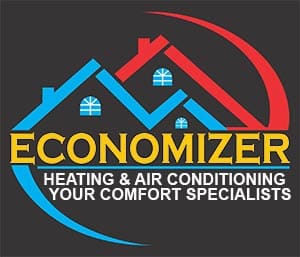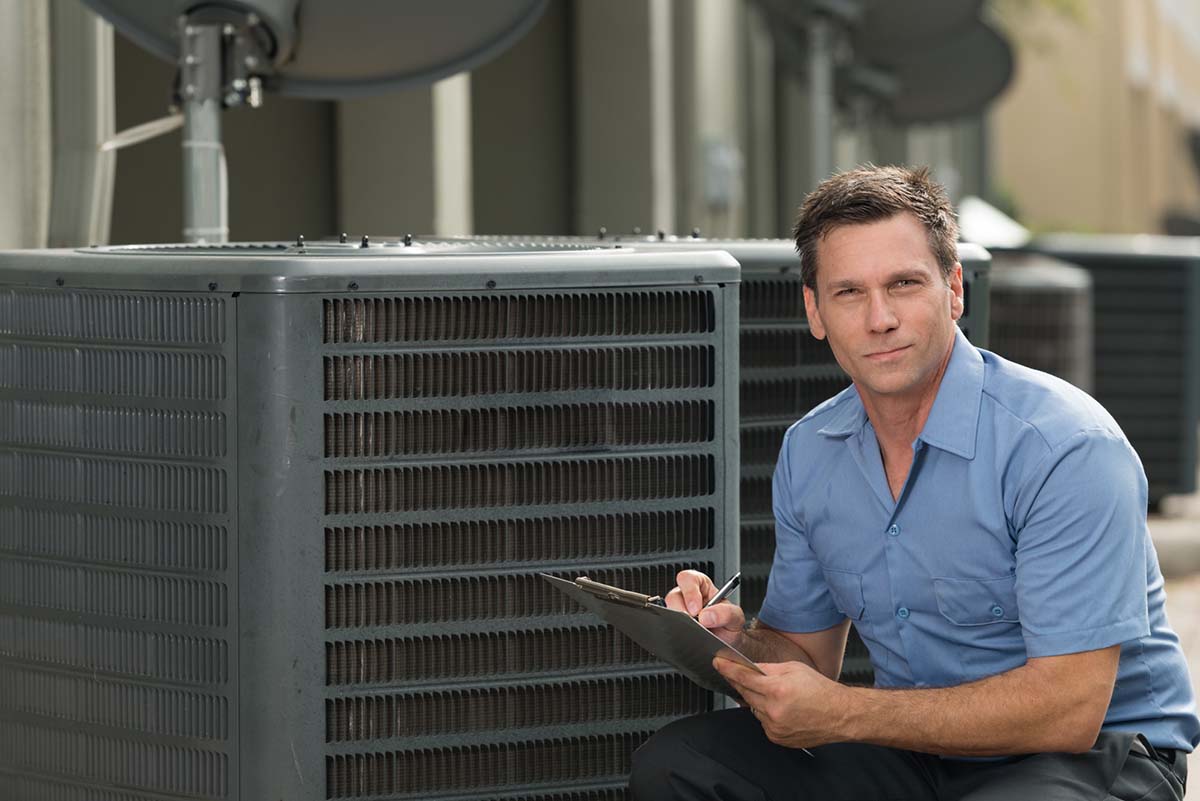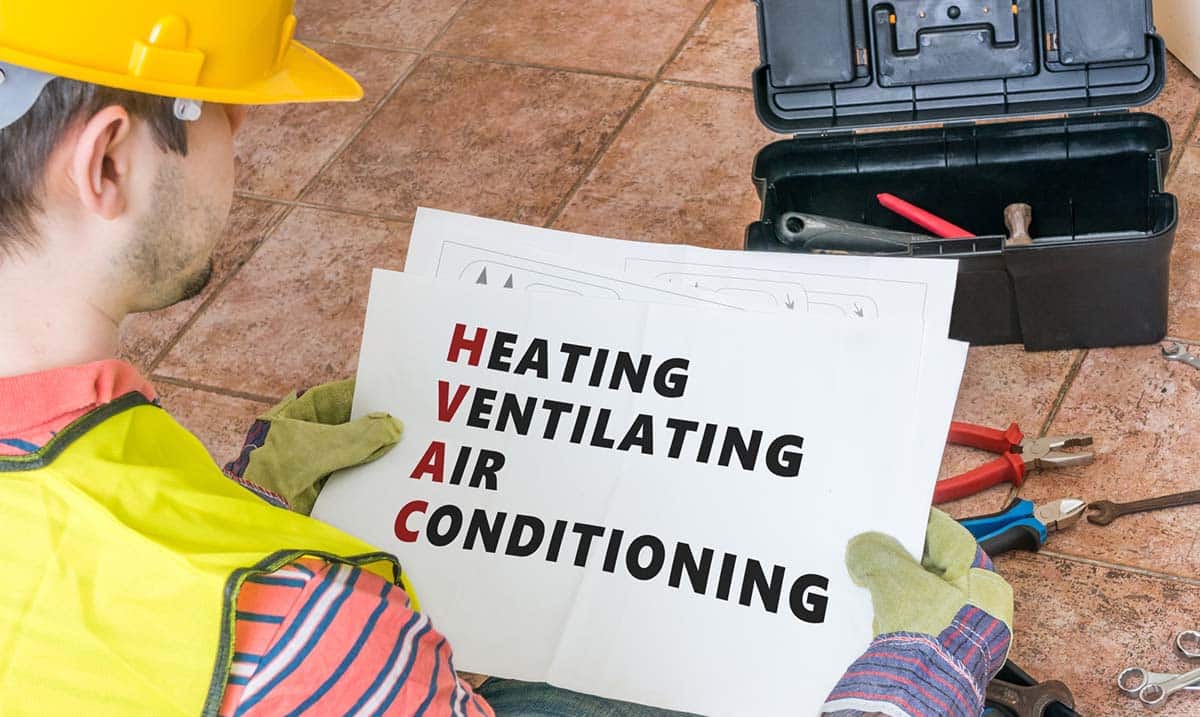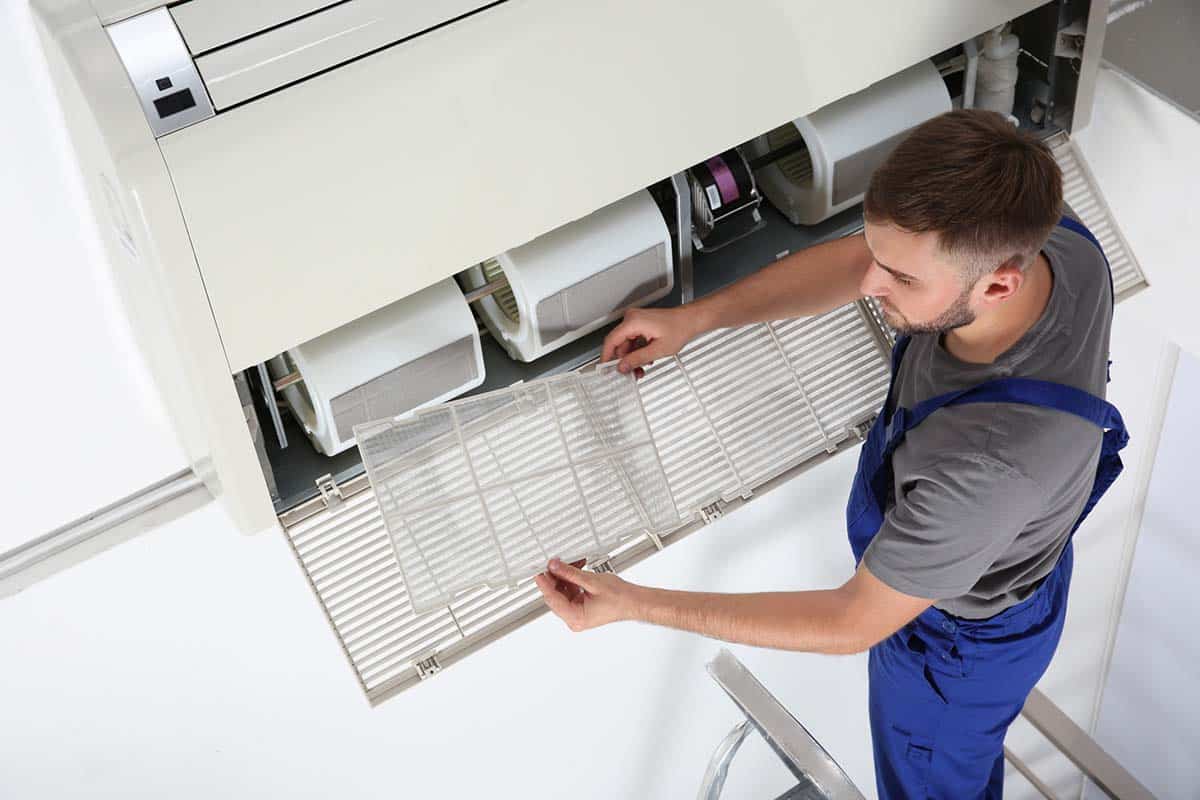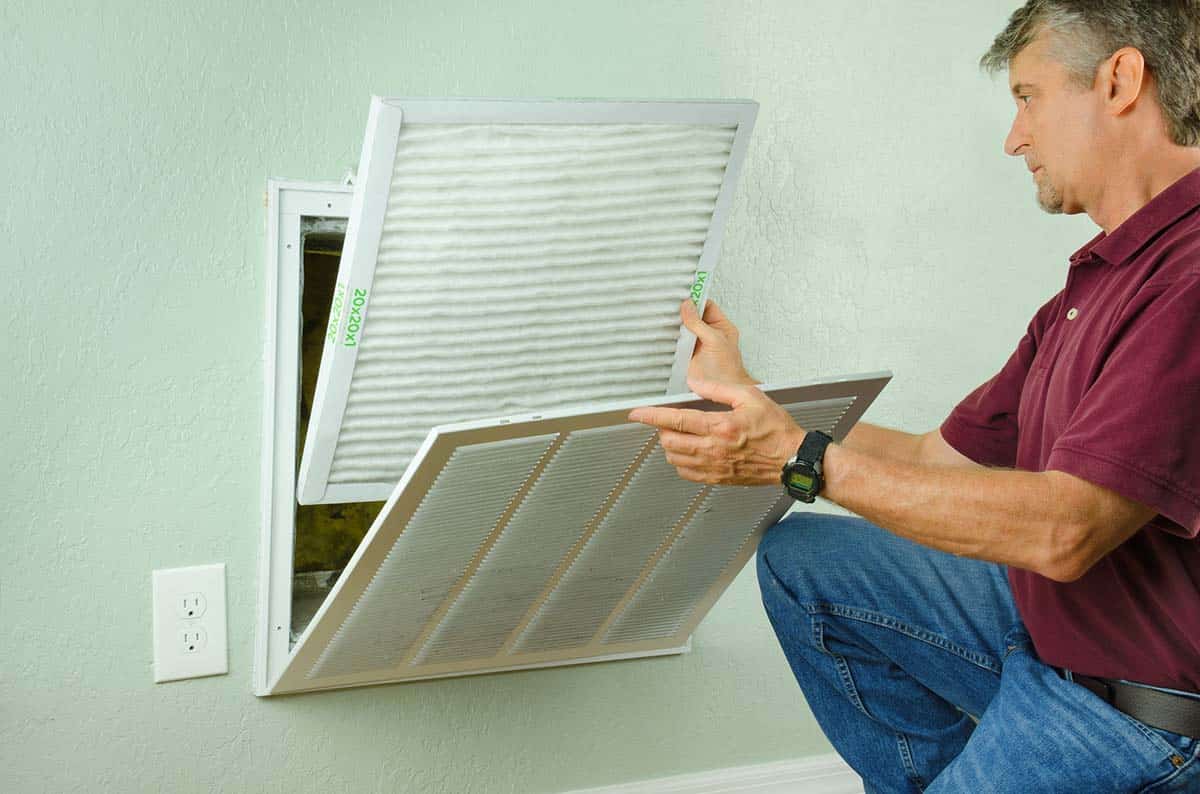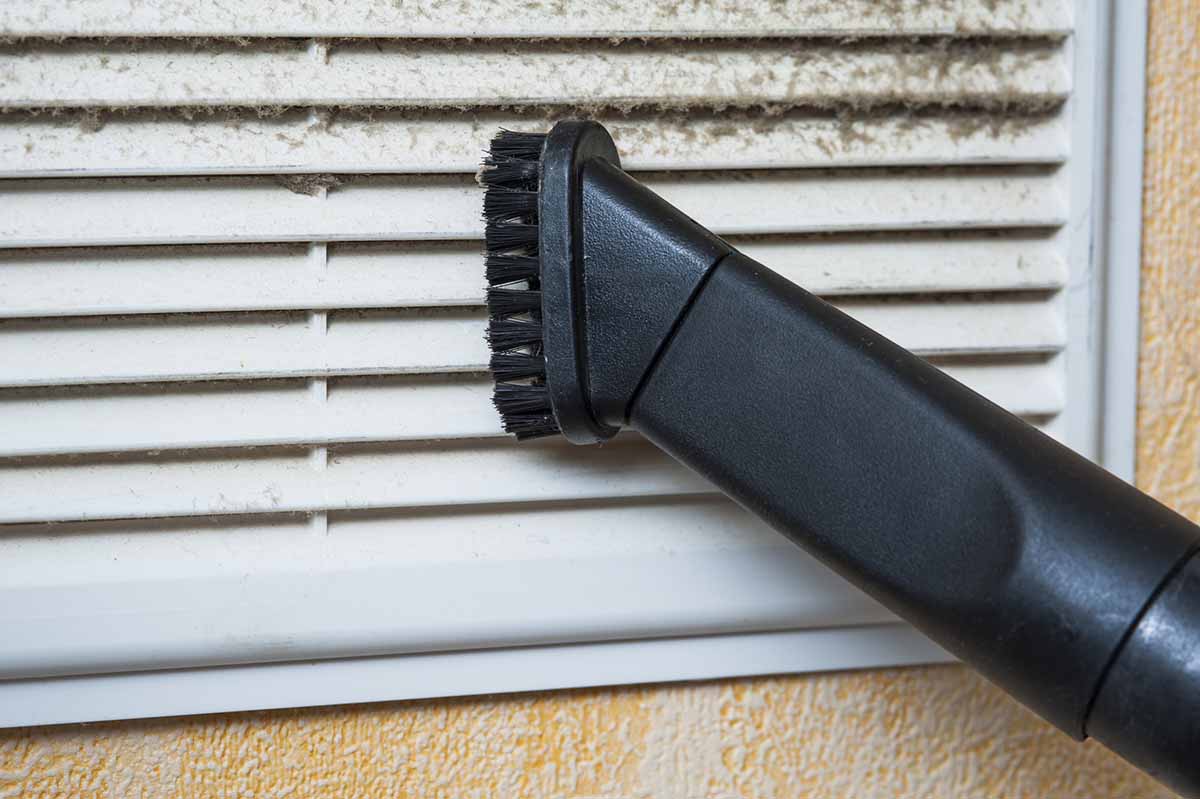What Is an Economizer and How Can It Save Me Money?
An economizer can draw in outside air to lower A/C run time, which in turn can lower energy bill costs. Learn more in this helpful guide.

More than 150 million heating and cooling (HVAC) units are expected to be sold annually by 2024. Maintaining comfortable temperatures within billions of homes and businesses is a big and expensive task for humanity.
Green and sustainable energy is all the buzz these days and governments are slowly but surely clamping down. Lawmakers are under considerable pressure to regulate energy sectors to slow down climate change and improve the environment. Cutting energy use with energy-saving technology is a priority of the time.
As the world finds ways of cutting energy costs, innovations in technology lead the way to a more sustainable energy economy. That’s where the economizer comes in. Keep reading for everything you need to know about saving money with an economizer installation.
Does an Economizer Save Money?
The short answer is yes. The economizer plays an important role in reducing energy costs. If you are asking ‘how to make your A/C and Furnace run less?’ or ‘how to save money on energy bills?’, the first answer that comes to mind – install an economizer on your system.
How much money, of course, depends on many factors, mainly the size of your HVAC system. Making some smart changes to your home or office could save you 5% – 30% on your utility bills. Installing an economizer for your HVAC system ranks highest among energy-saving investments.
HVAC By the Numbers
To put in your mind the importance of reducing energy use and cost, let’s take a look at some numbers. With a global market size of $248.8 billion in 2019, HVAC is an essential industry with huge capital gains. Other interesting facts:
- Asia has a $115 billion market share (largest in the world)
- The HVAC industry will grow by 13% by 2028 (46,000 more jobs)
- 528,000 employees were working in HVAC in 2019 (the USA $23.43 median hourly rate)
- The world’s A/C demands cost $111 million in 2018
According to the labor of statistics, an HVAC professional earns, on average, $50,000 a year. One of the reasons for the high pay is the increasingly technical nature of HVAC installations. Not the least of which, the economizer.
What Is an Economizer?
In technical terms, an economizer is a mechanical device intended to reduce energy consumption. The verb economizer literally means ‘makes cheaper’ and that is its primary function.
An economizer is not specific to HVAC and there are many types of economizers used in a wide variety of applications. Economizers are found in refrigeration, power plants, and boilers to name only a few.
In the most comprehensive definition, an economizer is a fresh air intake unit. Economizers are used in both heating and cooling air by detecting the temperature of the indoor air and the outdoor air. The economizer determines if the outside air is of a better temperature to cool or heat than recirculated air from inside the home.
Types of HVAC Economizers
There are several ways to improve energy efficiency and therefore several different types of HVAC economizers. Bare with us for a minute as we explain the three main types of economizers used in HVAC.
Dry Bulb Economizer
The two most important readings of the outside air to determine if it is suitable to heat/cool your home are temperature and humanity. The dry bulb senses only the temperature. These systems don’t take humidity into consideration.
Single Enthalpy Economizer (wet bulb)
Simply put, the single enthalpy economizer reads both the humidity and the temperature and adjusts HVAC accordingly. These are highly sophisticated controllers that maximize energy efficiency.
Differential Enthalpy Economizer
The difference in the temperature and/or humidity between the intake air and the return air gives this type of economizer everything it needs to know to determine which air is optimal to use. (Indoor or Outdoor)
How Do Economizers Work?
HVAC economizers draw in outside air into the system when the temperature and humidity are right for the heating or cooling function you are trying to use. Depending on system settings, sensors trip a series of automatic actions when outside conditions are a fit for the heating or cooling system.
Logic circuits and temperature sensors trigger motorized actuators that kickstart the economizer and takes over for your heating and A/C system.
The outside air is used to cool or heat the building by opening dampers, turning on intake fans, and turning off the A/C compressor – the most energy-sucking component. Reducing the time the A/C runs to maintain the same internal temperatures, HVAC economizers literally let nature do the work part-time.
Generally speaking, if the air outside is cooler than the air inside, the outside air could cool the inside of the structure. This is a natural process that doesn’t need to be fed energy to work. Running intake fans force the cooler air through the system and is much more efficient than running the A/C unit.
Top Three Reasons to Install an Economizer
Installing an economizer for your HVAC system is no small chunk of change. Economizers sell for as little as $900 for a smaller residential unit to as much as $10,000 or more for large commercial units.
For such a large investment, property owners must benefit greatly from installation to justify the initial cost, right? Right. Here are the logical advantages:
1. Save on Utility Bills
Perhaps the number one reason for installing an economizer is to reduce energy costs. For a commercial building, the average utility cost is $2.10 a square foot.
2. Prolong Your A/C Unit’s Useful life
Along the same lines as above, the A/C unit won’t have to work as hard to keep the building cool. The less it is used the longer it will run before needing replacing.
3. Breath Better Quality Air
There is a reason why people often say they want to get out and get some fresh air. Internally circulated stagnant air is an all too common feature of HVAC systems without good outside ventilation. An economizer maximizes outside air circulation to keep the inside air just as fresh.
The Bigger the Building the Greater the Savings
The more space you are cooling the higher the cost so it is just simple math that a percentage of a larger number is bigger than a smaller number. Large commercial buildings are therefore great candidates for installing an economizer.
According to the EIA, air-conditioning energy spending will grow quicker than all other energy use through 2050. Office buildings consume more energy than any other type of building other than cold storage warehouses. In fact, office buildings are responsible for 25% of A/C spending in the United States.
Commercial building floor space in the United States will reach 124.7 billion square feet by 2050. With energy costs averaging $2.10 per square foot, shaving off any percentage of that cost amounts to billions of dollars in energy savings.
In fact, commercial buildings represent more than 18% of all energy demands. These concrete jungles of ours are energy-hungry. A building lasting 75 years will consume more energy costs during its lifetime than it cost in materials and labor to build it.
Where and How Are They Installed?
Installing an economizer is not a do-it-yourself weekend project. The installation requires experienced and well-trained technicians to do it properly.
Economizers are almost always installed on the rooftop which means it will be exposed to the elements. Durable materials are best for weathering the unit. Aluminum is one such material that works well to shelter the unit as it resists corrosion.
Economizers consist of many moving parts and are generally assembled on the rooftop in many cases at the sight of the installation. Technicians assemble the unit according to the manufactures instructions and connect the system to the existing HVAC duct systems through a hole in the roof where necessary.
Don’t Forget: Maintenance Is Key to Efficiency
Naturally, you want to keep your system running at maximum efficiency. System maintenance is a critical factor in seeing the best returns on your economizer investment.
Like all machines, the many parts will wear, tear and get dirty. Replacing parts and cleaning the system regularly is key to keeping the system working at its best.
It is common for dampers to lose their seal and sensors to fail. Regular maintenance of your HVAC system before and after each season is highly recommended. While you’re at it, don’t forget to change all the air filters as you begin to lose the many benefits of air purification as the filters clog up.
Other Energy Efficiency Considerations
The mission is to attain complete comfort within our homes and offices and to do that as inexpensive as possible. That is the beauty of investing in green energy technology – it makes perfect economic sense.
For the sake of rounding off the topic of energy savings, we should look at what other actions could be taken to reduce your home’s energy cost. Here are some honorable mentions:
- Repair and maintain appliances
- Replace appliances with more efficient ones
- Install smart lighting
- Seal windows and doors
- Seal and insulate the attic
- Insulate your ducts and crawlspaces
- Drain your water heater
- Clean your refrigerator coils
- Wrap pipes with insulation
- Maintain proper ventilation
A study in 2012 conducted on the commercial sector’s energy use by the U.S. Department of Energy (DOE), revealed that HVAC systems account for 51% of the property’s energy consumption. Substantial money is saved when your HVAC systems are running efficiently and the building is properly insulated.
How Much Can You Save?
Let’s get down to brass tax. The amount of energy savings an economizer is expected to bring you depends on several factors. The weather, average temperature, and humidity levels of the building’s location among them.
The average utility cost for a commercial building sits at $2.10 per square foot per month. This would mean a 1,000 square foot office building would cost approximately $2,100 a month to operate. HVAC costs are about half or about $1,000 a month.
According to the department of energy, making energy-saving improvements can save you 5% – 30% off your utility bills. To make the math easy, we will guess the economizer to shave 5% of your HVAC costs. According to this scenario, the economizer installation is set to save the property owner $50 a month on their energy bill.
This may not seem like much, but over the lifetime of the building, it adds up quickly. At $50 a month, in 75 years (average life of a building) the savings come to $45,000. Keep in mind these are conservative estimates and actual savings will vary.
Fair Warning About Older HVAC Systems
If you are reading this article you are likely considering a new HVAC installation. You may not be aware of the federal government’s Environmental Protection Agency’s 2020 phase-out of R-22 refrigerant. We should mention this as it could help you decide if it is time to upgrade your HVAC systems.
The R-22 refrigerant, also known as freon, has been the standard for residential and commercial air-conditioning since 1950. The colorless and odorless gas has been scientifically proven to harm the ozone layer. The ban on freon has been in the works since the Montreal agreement of 1987.
January 1, 2020, marked the end of the production and importing of R-22 refrigerant. This put a freeze on the market, pun intended. Millions of air condition units will soon become illegal in 2023 forcing property owners to switch to more environmentally friendly alternatives or face legal consequences.
Economizers Save Energy
There is no question that energy-efficient HVAC systems save energy and in turn, save money. An HVAC economizer is at the heart of smart HVAC systems. These machines pay for themselves with energy savings, month after month.
Economizer is not only a green technology, but it’s also the name of our company. For all your Air Conditioning HVAC repair, maintenance, and installation needs, call Economizer for service and we will send an HVAC professional right out
